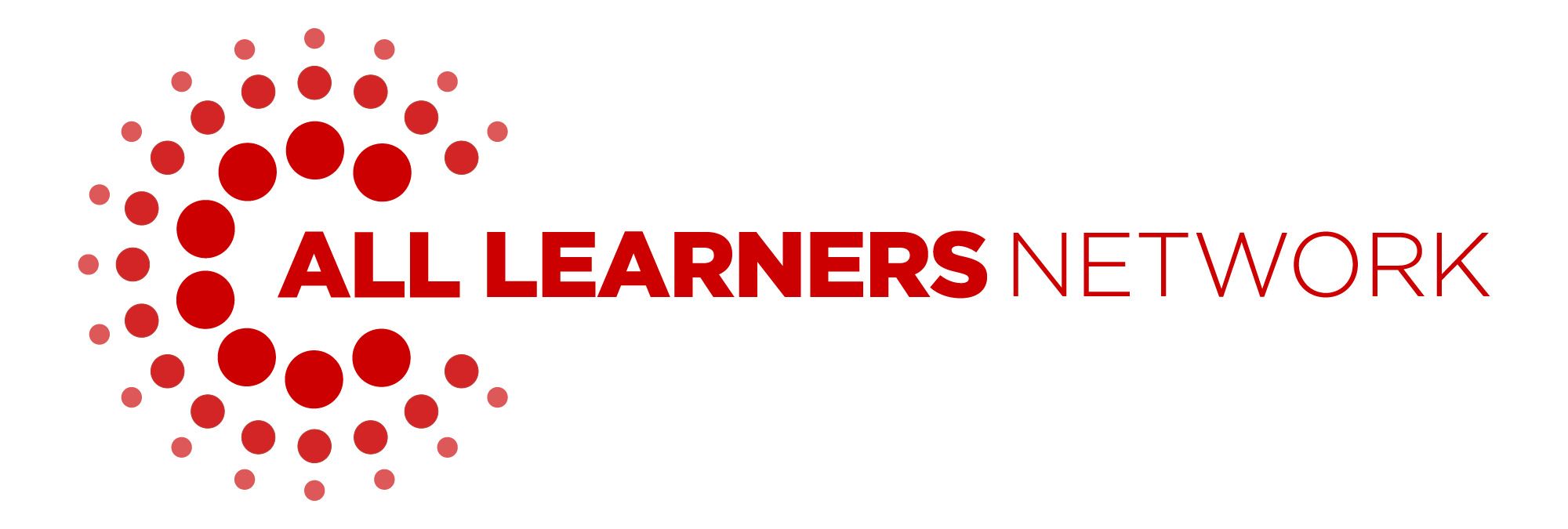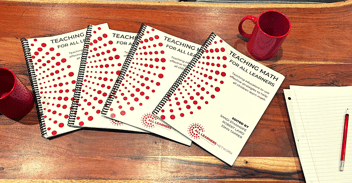
Making Math Lessons More Inclusive: ALN Problem Introduction Protocol
What if there was a way to get students more comfortable sharing ideas during a math lesson? What if there was a way to reduce the amount of “I don’t knows” during a math lesson?
The All Learners Lesson Structure is how we achieve balanced math blocks. The ALN Lesson Structure segments math blocks into four main sections: Launch, Main Lesson, Math Menu, and Closure. Main Lesson is the portion of the math block that is centered on new learning of grade-level content. Students engage in problem-solving, work in heterogeneous groups, and participate in mathematical discourse. During Main Lesson, ALL students are meaningfully included in grade-level content. Tasks are chosen that provide both access and challenge to all students and allow teachers to use techniques and protocols to ensure all students have affirming math learning opportunities and feel part of a productive learning community.
It is critical to be able to introduce math problems during a Main Lesson in a way that provides access for all students. The ALN Problem Introduction Protocol is our solution to making sure all students can access tasks during a main lesson.
When the Problem Introduction Protocol is used, students are invited to make sense of the problem through some scripted steps. We know that when students only focus on some parts of the problem, they lose sight of what the story is about and perform an operation with the numbers which may not make sense. The main goal of ALN’s Problem Introduction Protocol is to support all learners making sense of the problem.
Here are the Problem Introduction Protocol Steps:
- Read the problem two times. First the teacher reads the problem, and then the students and teacher read chorally.
All students and the teacher read the problem together. Reading the problem together supports all learners, especially those who have difficulty reading the problem or those students whose first language is not English. This step can be repeated to ensure that all students have heard the problem.
- Ask, “Are there any words you don’t know? Are there any words that might be tricky for someone?”
This allows students to build a shared understanding around the context of the problem. This is a chance to clarify any misconceptions around language or unfamiliar contexts so that all learners have a common understanding of the terminology.
- Ask, “What are we trying to figure out?”
Following a class discussion where students make sense of the problem, teachers record the answer to the question, “What are we trying to figure out?”. Students can write or copy the statement on their papers.
The goal of this step is that every student can say, “I am trying to figure out _____.”
- Ask, “What would an answer to that look like?”
The teacher listens for the correct unit and reasonable answers. If those are not given then the teacher will ask direct questions “What is the unit (label) for your answer?” “What would a reasonable answer be?” “What would be an unreasonable answer?”
- Brainstorm strategies
“How could you solve this problem?” “What strategy could you use?” The teacher is listening for strategies and models and asks direct questions if needed. Students share strategies that can be used to solve the problem. These strategies are all recorded and not evaluated. The teacher restates each strategy while writing them on the board. This list can be referenced if any student is having difficulty getting started. (Remember: Do Not Narrow the list of strategies. This step may identify students you’d like to check in with during work time to ask questions.)
We know that there are many ways to develop a positive problem solving culture and what we call “patient problem solvers”. We want to provide opportunities for all students to make sense of problems and to feel confident about offering solutions based on their understanding. So in addition to our ALN Problem Introduction Protocol we offer suggestions to create tasks which encourage all students to make sense first before they think about the numbers in the task. Please see page 2 of the ALN Problem Introduction Protocol resource with Additional Strategies for Introducing Math Problems.
What Now?
- Download and explore the ALN Problem Introduction Protocol.
- Sign up for an All Learners Online Membership to download accessible Main Lesson Tasks.
- Bring All Learners Network (ALN) into your school or district for embedded professional development.

All Learners Network is committed to a new type of math instruction. We focus on supporting pedagogy so that all students can access quality math instruction. We do this through our online platform, free resources, events, and embedded professional development. Learn more about how we work with schools and districts here.




